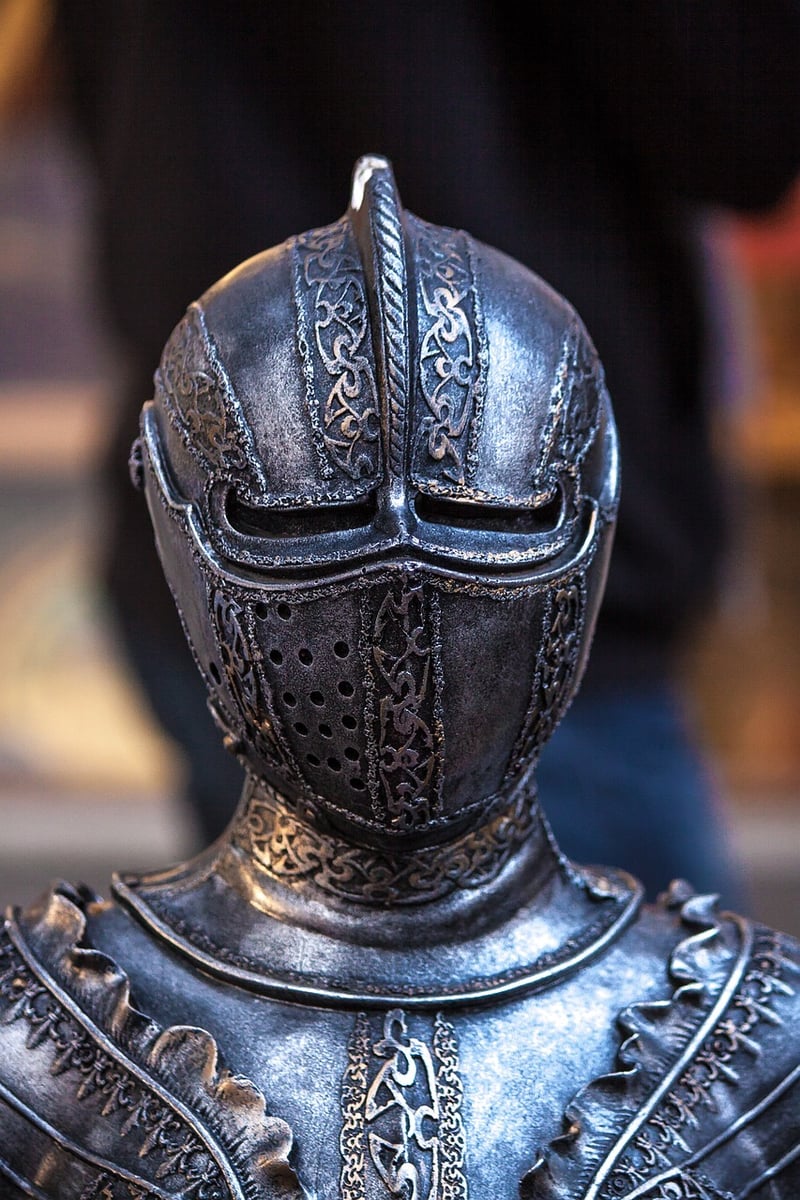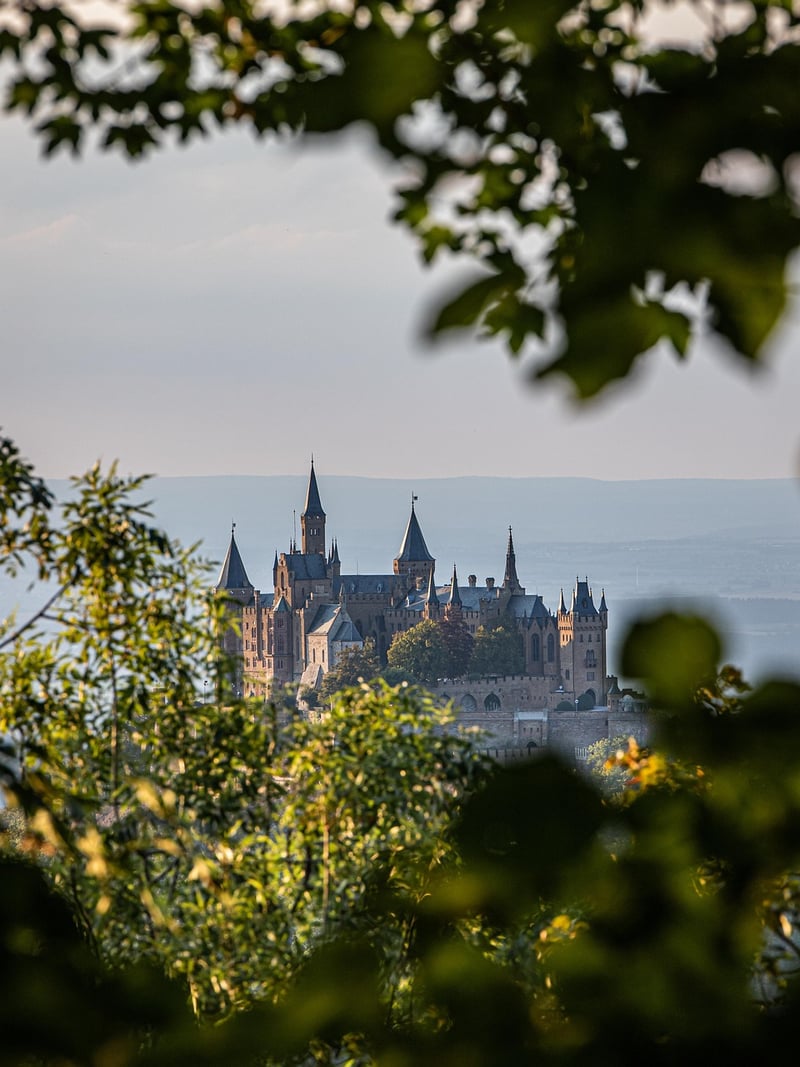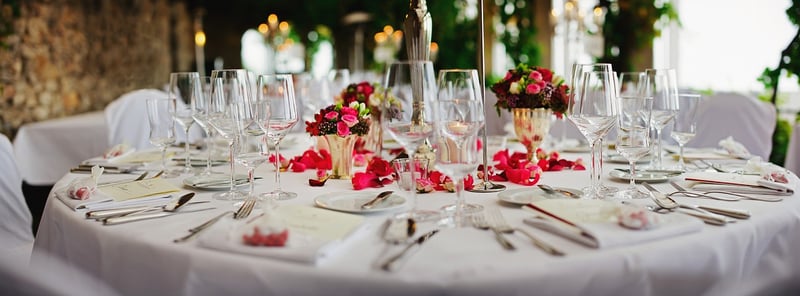Medieval Banquets
Eat Through Epochs: Exploring Medieval Banquets

Step back in time and indulge in the lavish feasts of medieval banquets. These grandiose events were not just about food but also a display of wealth, power, and hospitality.
The Era of Excess
Medieval banquets were a spectacle of abundance where tables groaned under the weight of exotic dishes, fine wines, and elaborate desserts. Nobles spared no expense to impress their guests with culinary delights.
Feasting Fit for a King
At the center of the banquet was the high table where the lord and lady presided over the festivities. Guests were seated according to their rank, with entertainment provided in the form of music, dance, and jesters.
The Menu
The menu at a medieval banquet was a mix of sweet and savory dishes. Roast meats, game birds, spiced stews, and pies filled with fruits and nuts were common. Exotic spices like saffron, cinnamon, and nutmeg were used to enhance flavors.
Medieval Dining Etiquette
- Utensils were often not provided, and guests ate with their hands or used bread as a makeshift plate.
- Napkins were not used, and guests wiped their hands on a communal cloth.
- Feasting was a communal affair, with sharing dishes and passing food among diners.
Modern Interpretations
Today, medieval banquets are popular as themed events, offering guests a chance to experience a taste of the past. From historical reenactments to period-inspired menus, these gatherings provide a glimpse into the opulent dining traditions of yore.
Embark on a culinary journey through time and savor the flavors of a bygone era at a medieval banquet near you!

Image sources: Pixabay - Knight, Pixabay - Medieval Banquet Table
